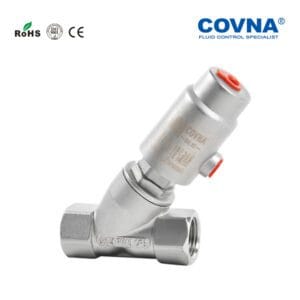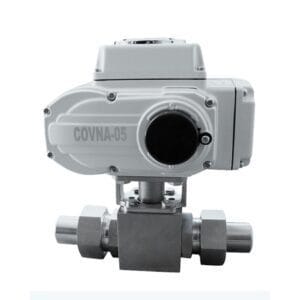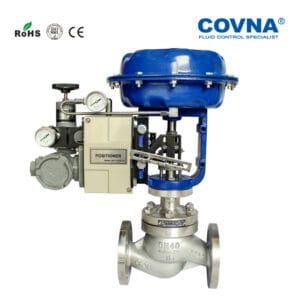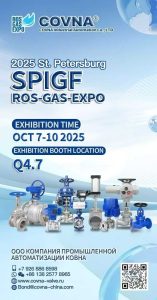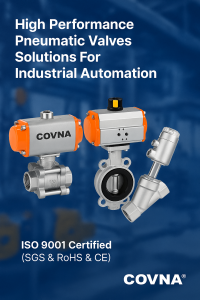
Air Electric Valve Mufflers & Horn Valves: Noise Reduction Hacks
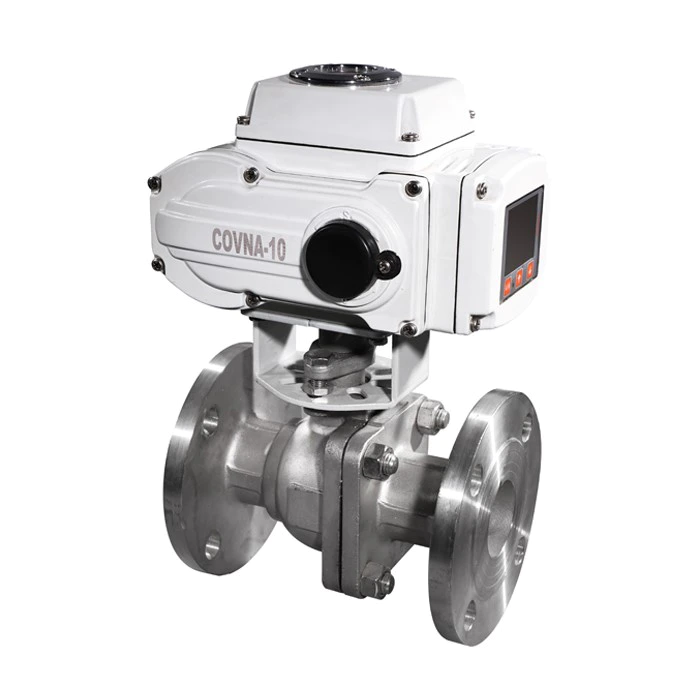
Cloud AI predictive-maintenance electric valve
The Cloud AI predictive-maintenance electric valve integrates advanced machine learning algorithms to continuously monitor key health indicators—torque, vibration, cycle count, temperature—and streams encrypted data to a secure cloud platform. There, predictive analytics assess trends in real time, identifying anomalous behaviors days or weeks before failure. Maintenance teams access a web or mobile dashboard displaying performance forecasts, service recommendations, and remote firmware updates. This proactive approach minimizes unplanned downtime, optimizes part replacement schedules, and extends overall valve lifespan by ensuring lubrication and calibration occur precisely when needed.

Solar-powered autonomous electric valve
Equipped with high‐efficiency monocrystalline solar panels and a built-in lithium-iron-phosphate battery pack, this valve runs off-grid year-round in remote environments. Power management firmware dynamically switches between solar charging, battery discharge, and sleep modes to maintain uninterrupted operation even during low-sunlight periods. The integrated controller supports time-based or soil-moisture feedback scheduling for agricultural irrigation, stormwater management, and off-grid water distribution. Rugged IP68 housing, corrosion-resistant fasteners, and UV-stabilized materials ensure minimal maintenance. Remote connectivity via LoRaWAN or cellular enables real-time status monitoring and firmware updates.
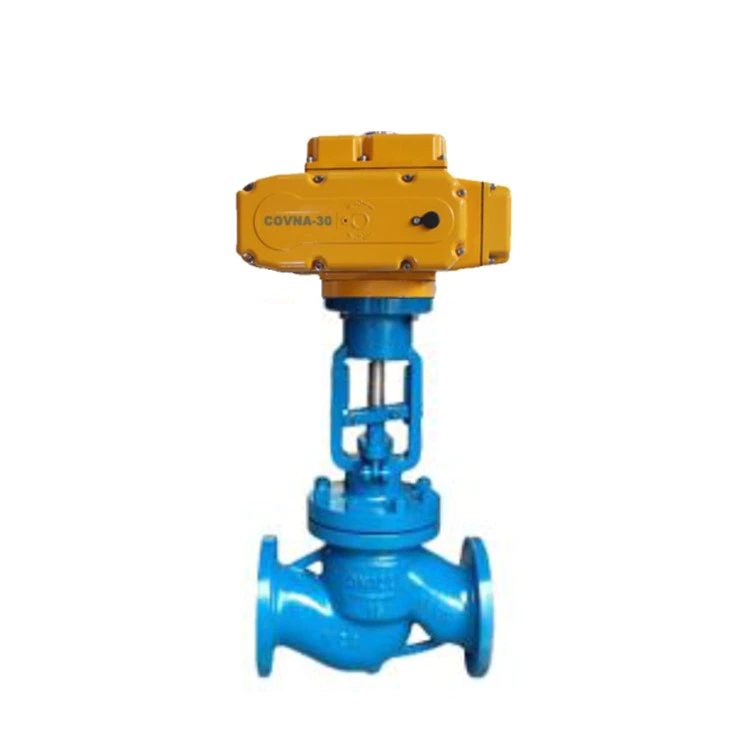
4-way multi-zone irrigation electric valve
This modular electric valve consolidates four independently actuated outlets into a single compact body, reducing manifold piping and installation time. Each zone features programmable flow profiles, water-budget accounting, and cycle-soak capabilities to optimize water use across landscapes, greenhouses, or sports fields. A built-in Ethernet and Wi-Fi gateway supports web-based scheduling, weather-adaptive irrigation adjustments, and API integration with building management systems. Field technicians appreciate its hot-swap actuator cartridges and graphical zone mapping on the touchscreen interface, enabling maintenance or reconfiguration without shutting down the entire system.
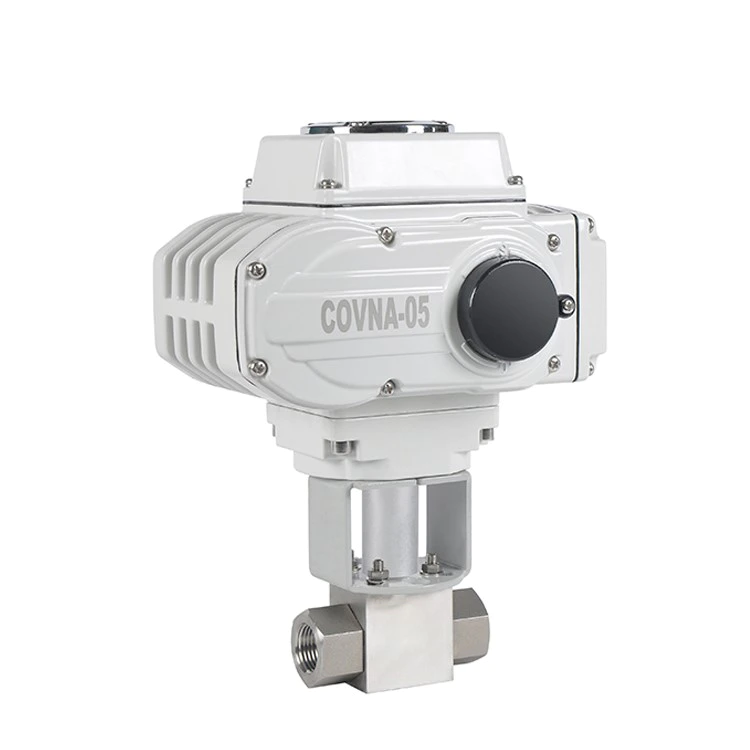
Touchscreen HMI electric valve with diagnostics
This electric valve incorporates a built-in color touchscreen human–machine interface, allowing on-site configuration of flow rates, pressure limits, and actuation timing without external tools. Interactive menus guide technicians through calibration routines, leak tests, and firmware upgrades. Automated diagnostics continuously monitor torque curves, cycle counts, and seal integrity, logging anomalies to onboard memory and optional cloud vaults. Integration with Modbus TCP, EtherNet/IP, and BACnet networks ensures compatibility with building automation or industrial control systems. The intuitive HMI reduces commissioning time, empowers field field staff, and streamlines preventive maintenance workflows.
We Have The Best Solutions for Your Business
COVNA GROUP CO., LTD is a world-leading valve manufacturer which specialized in solenoid valves, pneumatic valves, and electric valves for pipeline fluid control. COVNA originated from German technology, has its own R&D, design, production, sales team, and aims to be the global automation application service provider.
COVNA production range includes solenoid valves, pneumatic valves, electric valves, gate valves, globe valves, butterfly valves, control valves, safety valves, and various special valves. COVNA products are widely used in Water & Waste water treatment, Automation, Petroleum, Chemical, Electric power, Metallurgy, Mining, Paper-making, Pharmaceutical Industries, etc.
COVNA team make a rapid response to customer's requirements, provide professional product selection guidance and reliable valve application solutions.So far, COVNA has achieved ISO 9001 Quality Management System Certification, CE Certification, RoHS Certification.
Why Choose COVNA
Global Expertise
COVNA delivers valve solutions to customers in over 120 countries, combining global market expertise with localized support to meet diverse industry needs and ensure reliable performance worldwide.
Advanced Technology
Backed by German technology, COVNA specializes in solenoid, pneumatic, and electric valves, providing innovative fluid control solutions designed for precision, efficiency, and long-lasting durability.
Strong Manufacturing
With a modern factory, CNC machining, and strict quality testing, COVNA ensures every valve meets international standards, delivering consistent reliability for water, oil, gas, and automation industries.
Trusted Brand
Recognized as a preferred supplier by global partners, COVNA has built long-term trust through consistent product quality, professional technical support, and comprehensive after-sales services.
FREQUENTLY ASKED QUESTION
Do You Have Any Question?
An electric valve is a control element that uses electricity as a power source and opens, closes, or regulates a valve through a built-in motor or actuator. It is typically integrated into automation systems for remote control of the flow, pressure, or temperature of fluids (gas, liquid, steam, etc.).
An electric valve receives control signals from a PLC, DCS, or host computer to drive the motor inside the valve to rotate or the actuator to move linearly, actuating the valve disc or gate, thereby changing the valve opening diameter and achieving flow regulation or rapid shutoff.
The advantages are that they do not require a compressed air system, are easy to install, and are quiet, making them suitable for indoor or airless environments. The disadvantages are that they generally respond slower than pneumatic valves, are more dependent on a power source, and may cause system downtime in the event of a failure.
First, determine the media type, pressure, and temperature range. Then, select the valve body material (stainless steel, cast iron, etc.) and actuator model based on the required diameter, flow characteristics, torque requirements, and operating voltage (e.g., 24 VDC, 220 VAC).
Common voltages for electric valves on the market include 12 VDC, 24 VDC, 110 VAC, 220 VAC, and 380 VAC. Drive types are categorized as single-turn (ball valves, butterfly valves) and multi-turn (gate valves, globe valves). Reference the stroke and torque curves when selecting a model.

